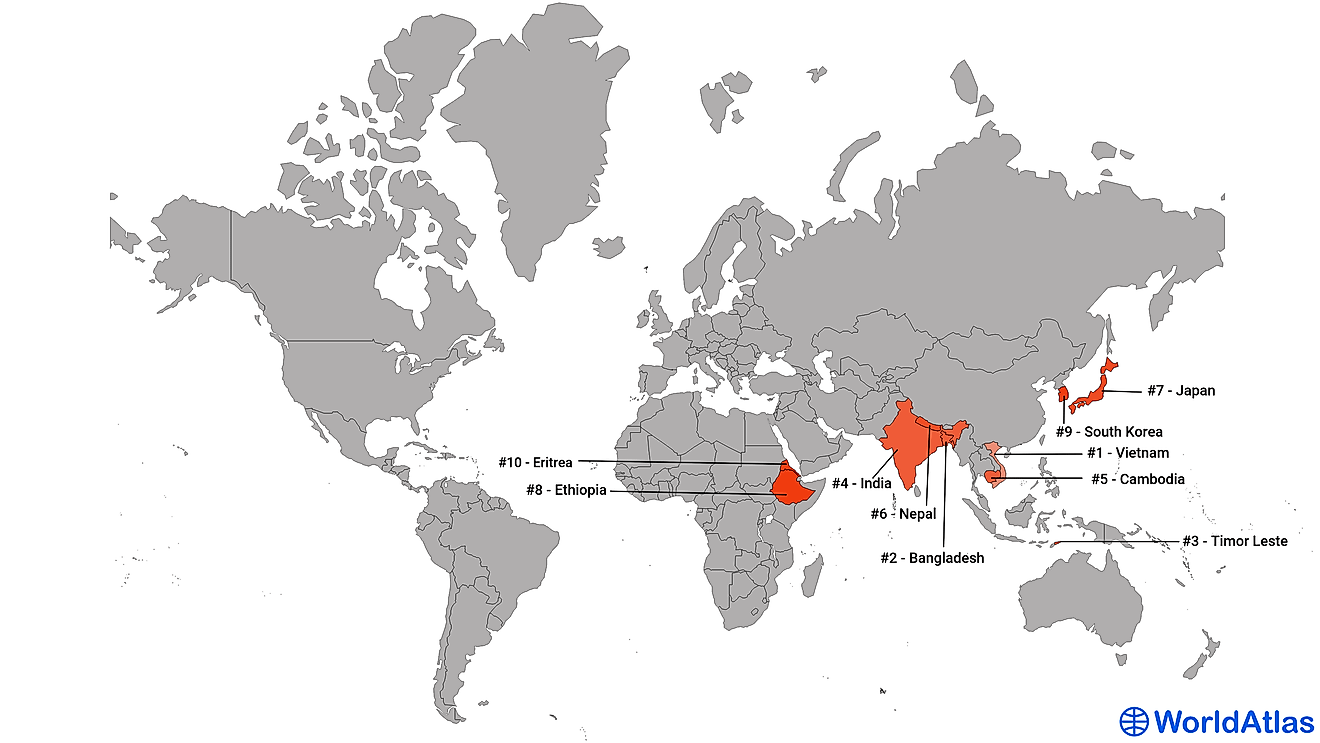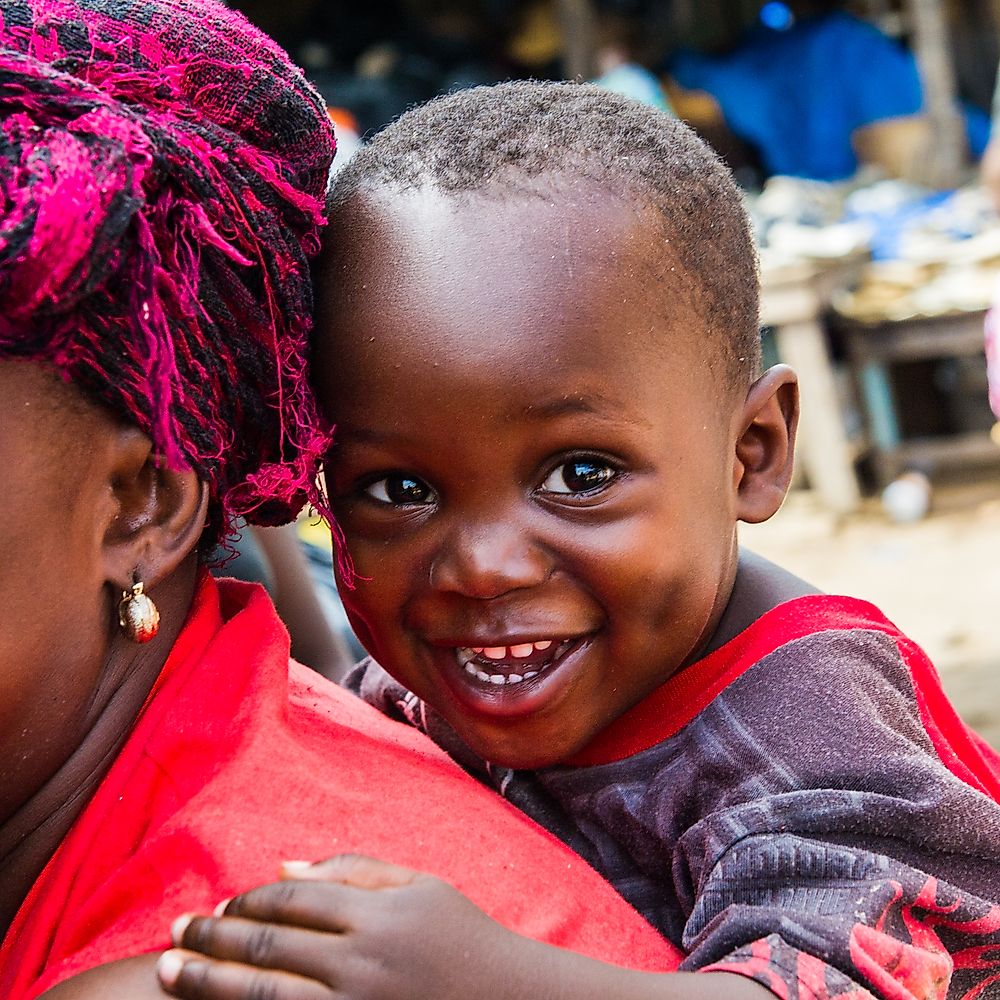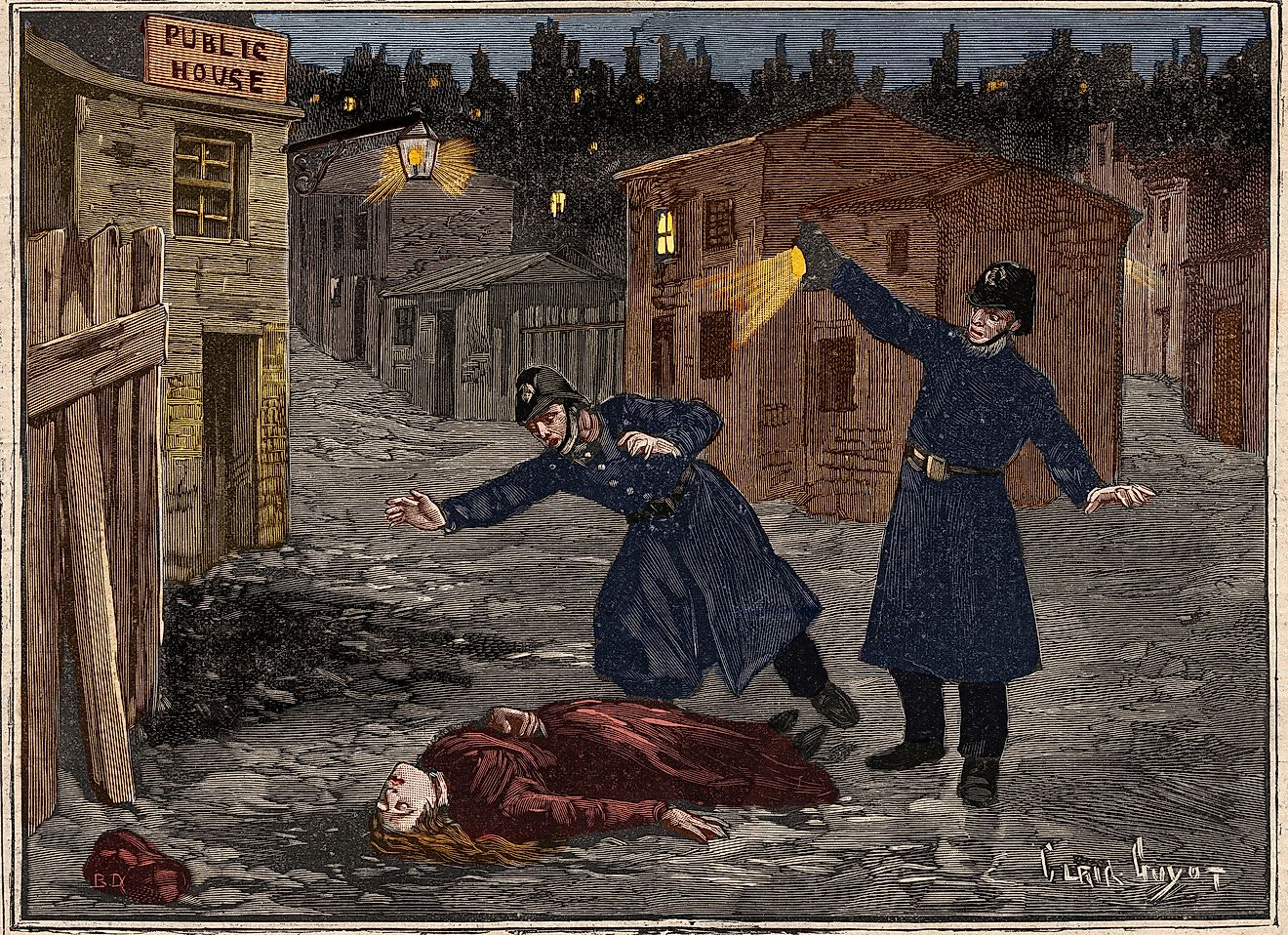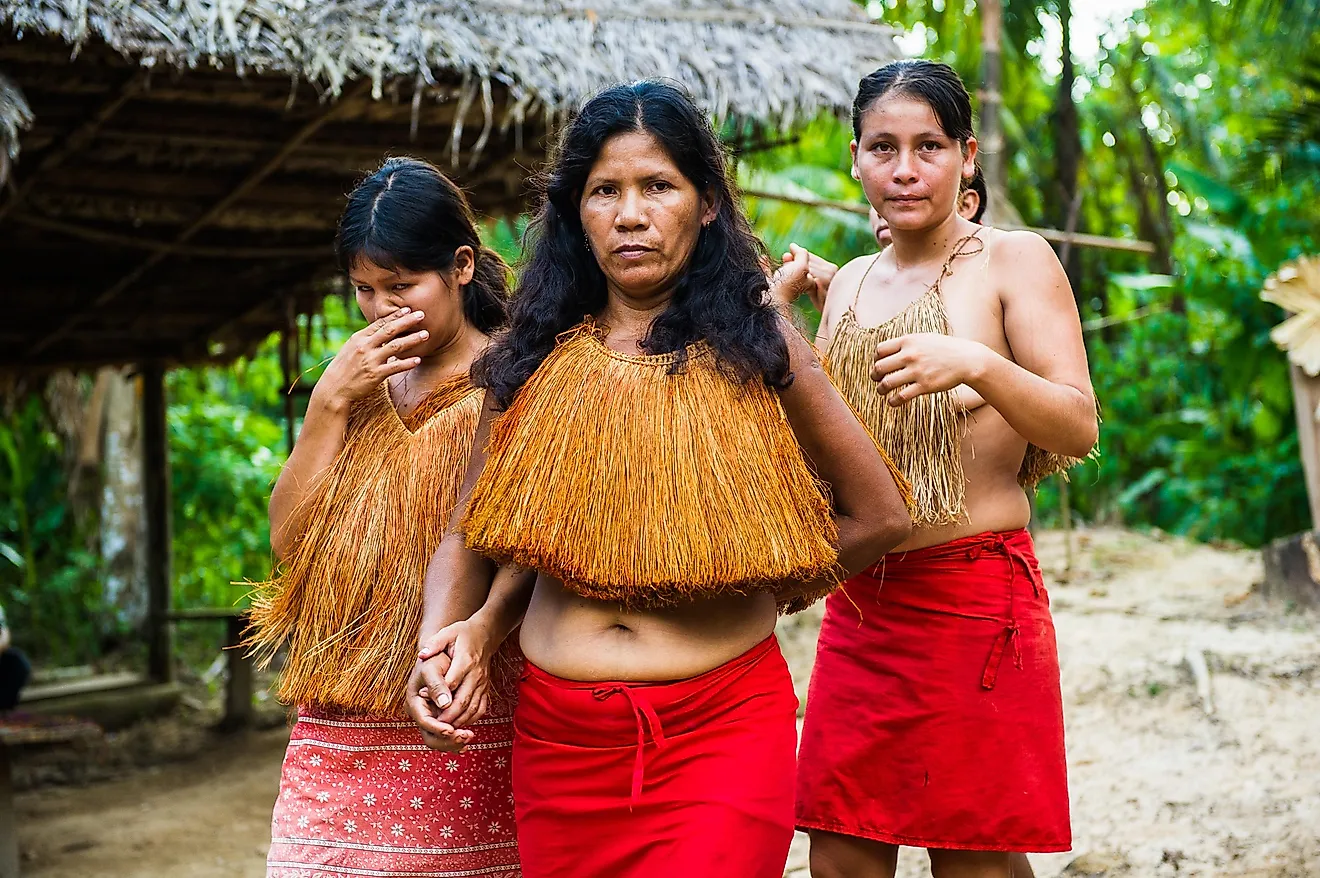Belarusian Culture – The Culture Of Belarus

The landlocked Eastern European nation of Belarus hosts a population of around 9,527,543 individuals. 83.7% of the population are Belarusians. The minority ethnic groups include Russians, Poles, Ukrainians, and others. Russian and Belarusian are the two official languages of Belarus. While Christianity is the dominant religion in Belarus, a significant section of the population (41.1%) does not adhere to any religion. 48.3% of the population adheres to Orthodox Christianity. Catholic Christians represent 7.1% of the country's residents while believers of other religions comprise the rest (3.5%) of the population.
6. Cuisine Of Belarus
The cuisine of Belarus reflects influences of cuisines of other neighboring European nations. The cuisine predominantly features meat and a variety of vegetables. In the past, meat was primarily eaten on the Christian holidays as most people could not afford it on a daily basis. Legumes were then used as the primary source of protein. Today, pork is the most popularly consumed meat. Kishka (blood sausage) and kindziuk (a round sausage made of the stomach of a pig that is filled with spiced minced pork) are some of the local meat dishes of Belarus. Salcesons, cold meat rolls, smoked goose breast, Veraščaka (thick meat gravy used as a dip for pancakes), etc., are some other meat dishes that are part of the traditional Belarusian cuisine. Beef steaks, fried or stewed pork dishes (garnished with mushrooms and cheese), etc., are consumed in the present day. Buckwheat, oatmeal, barley, etc., are the common cereals of the Belarusian diet. A variety of pancakes are prepared using oatmeal or buckwheat flour. Dumplings are also eaten. Beets and cabbage are the main vegetables while carrots, parsnip, turnips, etc., are also used. Traditionally, vodka was the main alcoholic drink of the Belarusians. Mead and other alcoholic drinks prepared using honey and spices are also relished. Kvass is the most popular non-alcoholic drink and is made from fermenting rye bread with sugars and flavorings. Kompot is made from boiled fruit.
5. Clothing In Belarus
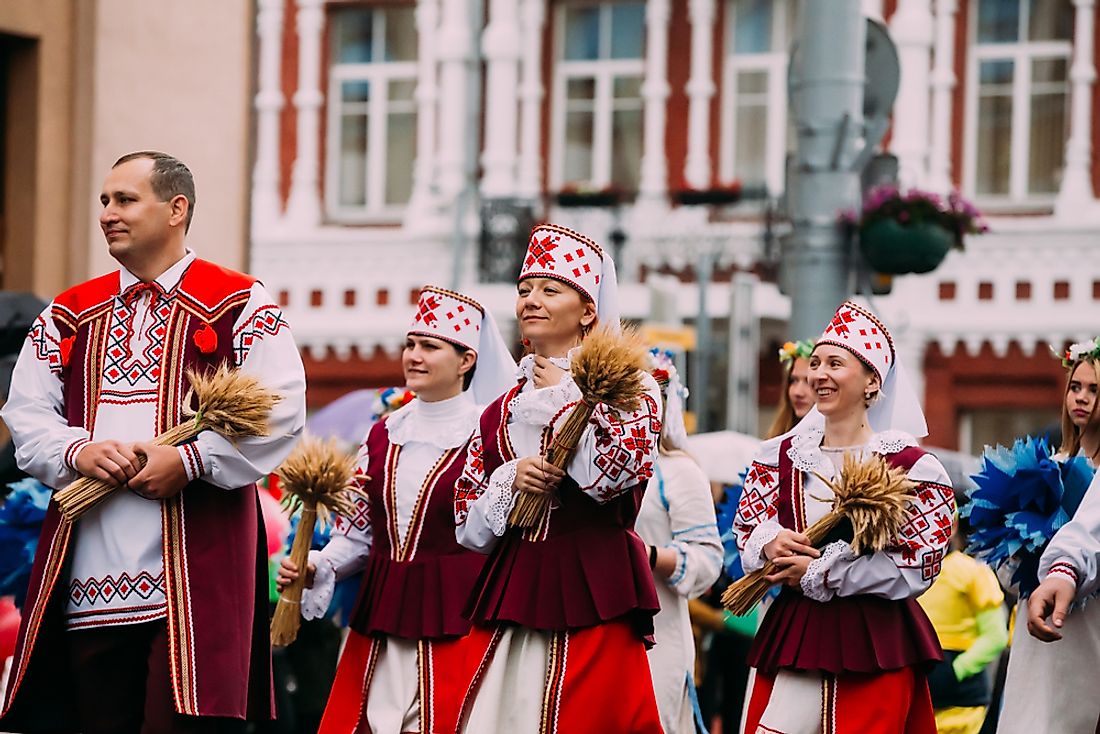
The traditional Belarusian dress for males is a shirt and trousers adorned with a belt. Women wore a longer shirt, a wrap-around skirt, and a headscarf. The dresses were often embroidered with beautiful floral or other designs. The fabrics used to make the dresses were suited to the cool climate of the country. Today, however, Belarusians wear modern clothing that is worn widely across the European Union. Traditional clothes are worn during the folk dance and music performances or traditional Belarusian celebrations.
4. Literature And The Arts In Belarus
Belarusian literature had its beginnings in the 11th century. Most literary works produced during this time was about religion. Religious poems with rhyming were common. By the 16th century, the Bible had been translated into Belarusian. The modern period of Belarusian literature began centuries later in the 19th century. However, it was short-lived as the communist rule and later the Nazi occupation of Belarus would suppress the freethinking writers of Belarus and force many into leave the country. After the World War, most literature focussed on war-related topics. Other aspects of life were explored by the Belarusian poets and novelists post the 1960s.
The history of painting also follows that of the written literature in Belarus and was of religious nature in the starting years. Fresco paintings in the churches across the country were the most popular work of art at that time. A fresco school of painting was established in Belarus in the 16th century. In the later centuries, the art scene of Belarus was influenced by that in Poland and Western Europe. Portraiture was quite popular. In the first half of the 20th century, Belarusian national art started developing fast. It laid emphasis on the country’s history and its people. In the later decades, Belarusian art also focussed on philosophical and intellectual topics, etc. Some of the popular crafts of the country include decorative glass, batik, tapestry, ceramics, straw-weaving, etc.
3. Performance Arts In Belarus
The music of Belarus exhibits great influences of religion and folk culture. Many folk music and dance festivals and competitions are held in the country each year. The Belarusians take great pride in their rich heritage of music and dance. The State Musical Comedy Theater, National Academic Opera and Ballet Theater, etc., are some of the major national institutions supporting the thriving performance arts of Belarus. The capital city of the country, Minsk, is a major hub of art and culture and hosts numerous operas, ballet performances, theaters, puppet theaters, etc. Today, the youth of the country has also adopted rock and pop music genres. The Belarusian cinematography focusses on romantic and heroic genres as well as animation.
2. Sports In Belarus

Ice hockey is the most popular sport in Belarus and is heavily funded by the nation's government. The national ice hockey team of Belarus regularly competes in the World Championships. Football is also played in the country but the national team has not performed too well in international tournaments. Belarusian athletes have also participated in numerous Olympic Games and won many medals over the years. Victoria Azarenka from Belarus is an internationally famous professional tennis player. Belarus is also known for its talented athletes in rhythmic gymnastics.
1. Life In Belarusian Society
Although the law grants equal rights and freedoms to Belarusian men and women, the society in the country often works in a very traditional manner. Women are still expected to manage the household chores and children while men are regarded as the breadwinners for the family. Although the scenario is changing, many Belarusian women remain unemployed. Men occupy most of the top ranks in the different fields of employment. Women often receive lower wages than men.
Traditionally, Belarusian marriages were based on mutual consent of the couple as well as approval by both the families. The bride was expected to move in with the husband’s family after marriage. The virginity of the bride was an important requirement for the marriage. A woman was expected to be a good housekeeper and field worker. Today, such expectations have largely disappeared, especially in urban areas where the more modern way of life is the norm. In the past, households were usually extended while now, nuclear families are more common. In the traditional zadruga household, the father and all his sons would live in a common property. They might have individual homes in the property but the entire property, livestock, and crop fields, etc., were owned by the entire family.
Belarus has high literacy levels. The government provides free education facilities for primary and secondary schooling. Women with jobs are allowed paid maternity leaves and paid sick days when children fall ill.
Belarusians are known for their friendly and welcoming nature. They shake hands as a form of greeting. They often give gifts to their friends and business associates to show gratitude.


